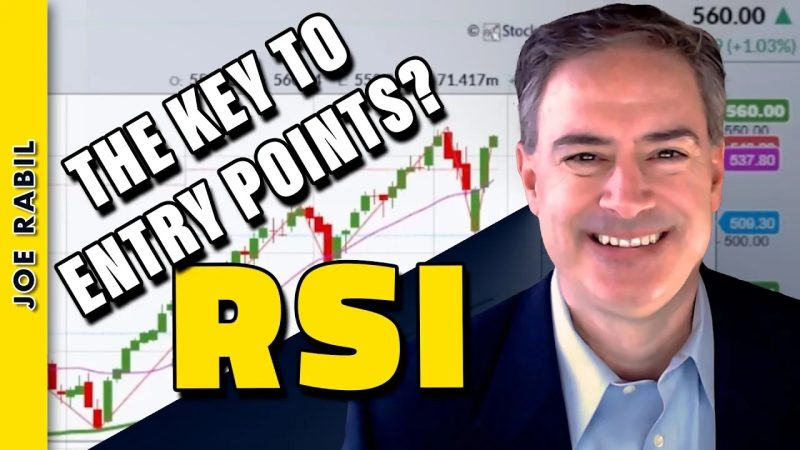The Relative Strength Index (RSI) is a popular momentum oscillator used by traders and investors to identify potential entry and exit points in the stock market. In the context of the SPDR S&P 500 ETF Trust (SPY), which tracks the performance of the S&P 500 index, investors often look for signals from the RSI to make informed trading decisions.
When analyzing the RSI of the SPY, investors typically focus on the overbought and oversold levels, which are commonly set at 70 and 30, respectively. When the RSI moves above 70, it is considered overbought, indicating that the asset may be due for a pullback. Conversely, when the RSI drops below 30, it is considered oversold, suggesting that the asset may be poised for a rebound.
Traders and investors use these overbought and oversold signals as potential entry points for buying or selling the SPY. For example, when the RSI crosses above 70, some traders may interpret this as a signal to sell their positions or even initiate short trades, anticipating a potential downtrend. Conversely, when the RSI falls below 30, traders may view this as a signal to buy or cover short positions, expecting a potential uptrend.
It is important to note that trading based solely on RSI signals can be risky, as markets can remain overbought or oversold for extended periods. Therefore, many traders use additional technical indicators and fundamental analysis to confirm their trading decisions.
In addition to overbought and oversold signals, traders may also look for divergence patterns in the RSI to identify potential entry points. Divergence occurs when the price of an asset moves in the opposite direction of the RSI, signaling a possible trend reversal. Bullish divergence occurs when the price makes lower lows while the RSI makes higher lows, indicating a potential upward move. Conversely, bearish divergence occurs when the price makes higher highs while the RSI makes lower highs, suggesting a potential downward move.
Overall, the RSI can be a valuable tool for traders and investors looking for entry points in the SPY. By understanding the overbought and oversold levels, as well as divergence patterns, traders can make informed decisions to capitalize on potential market movements. However, it is essential to use the RSI in conjunction with other indicators and analysis to confirm trading signals and manage risk effectively.



























